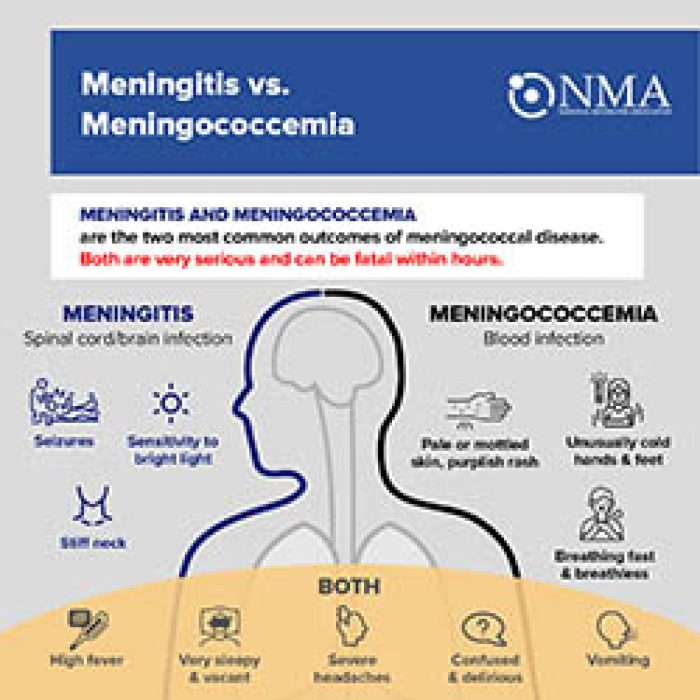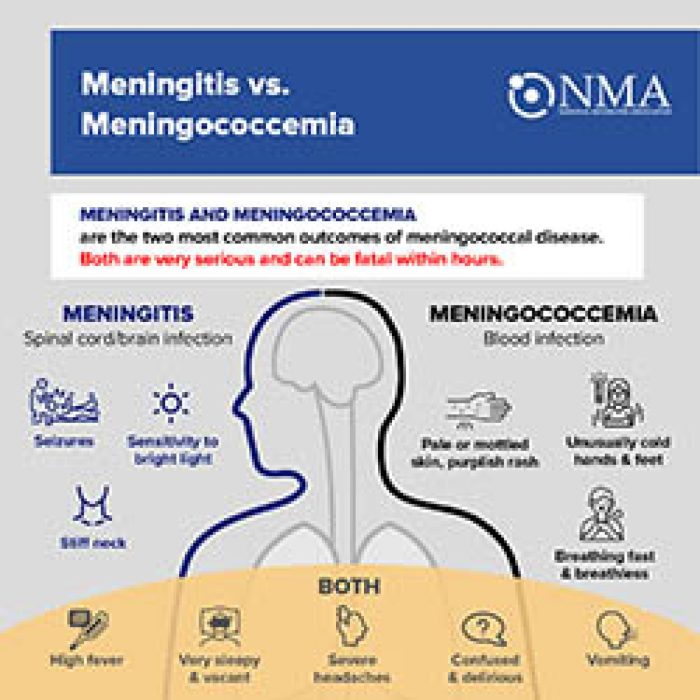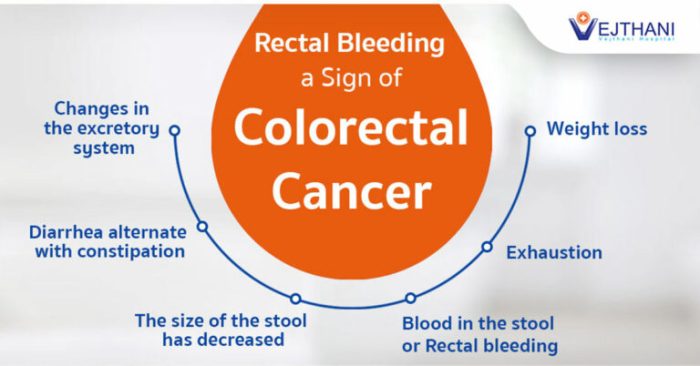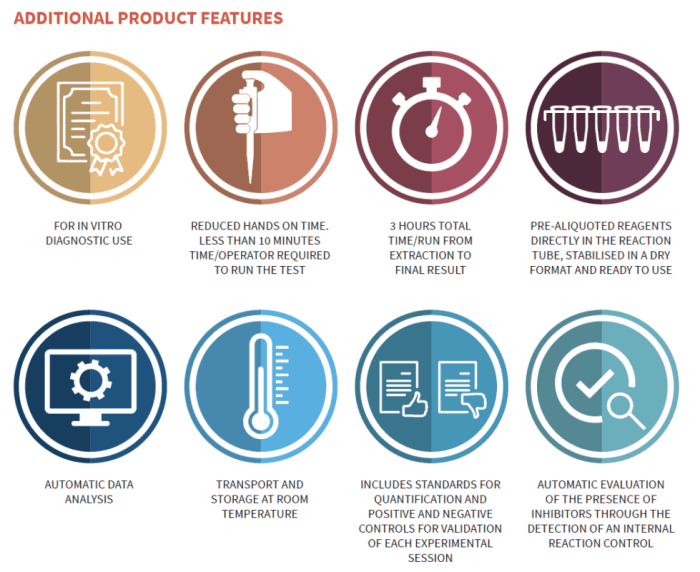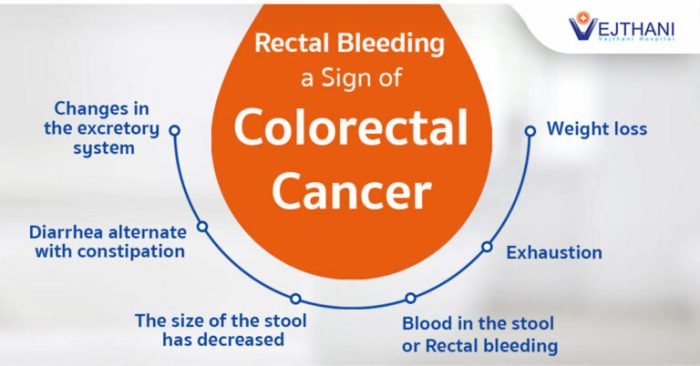Is itchy skin a cancer symptom? This is a crucial question for anyone experiencing persistent itching. While often a sign of less serious skin conditions, chronic itching can sometimes be a symptom of a more serious underlying issue, including certain types of cancer. This comprehensive guide delves into the various causes of itchy skin, exploring both common and less common conditions, and examines the potential link between itching and cancer.
We’ll also discuss how to differentiate between itchy skin and cancer symptoms, emphasizing the importance of seeking professional medical advice.
Understanding the causes of itchy skin, from simple allergies to more complex conditions, is vital. This exploration will cover the diverse range of skin conditions that can cause itching, their characteristics, and how to distinguish them. We’ll also examine the specific cancers that might manifest with itching, along with the mechanisms behind this symptom. The information provided will equip you with the knowledge to understand the potential connections and to take the necessary steps towards appropriate diagnosis and treatment.
Understanding Itchy Skin
Itchy skin, or pruritus, is a common complaint that can range from mildly irritating to severely debilitating. While often a harmless symptom, it can also signal an underlying medical condition. This post delves into the various causes, types, and characteristics of itchy skin, helping you understand when it’s a cause for concern.Itching is a sensation that compels one to scratch.
This response is often triggered by irritation of the skin’s nerve endings. The cause can be anything from a simple allergic reaction to a more serious condition requiring medical attention. Understanding the nuances of itching is key to identifying the source and getting appropriate relief.
Wondering if itchy skin could be a sign of something more serious? While it’s often a minor annoyance, it can sometimes be a symptom of underlying health issues, including, in some cases, metastatic castration resistant prostate cancer. Learning about the specific symptoms of metastatic castration resistant prostate cancer symptoms can help you understand the potential connections.
However, it’s crucial to remember that itchy skin can have many causes, and a doctor’s diagnosis is essential for determining the root cause. So, while itchy skin isn’t automatically a cancer symptom, it’s always best to get it checked out.
Causes of Itchy Skin
Itchy skin can stem from a wide range of factors, encompassing both common and less common conditions. Dry skin, a frequent culprit, results from insufficient moisture in the skin barrier. Other common causes include allergic reactions to substances like soaps, detergents, or certain foods. Less common causes might include skin infections, autoimmune diseases, or even liver or kidney problems.
So, is itchy skin a cancer symptom? It can be a tricky one, sometimes related to other health issues like kidney problems. If you’re experiencing persistent itching, it’s crucial to talk to a doctor, as it could be a sign of something more serious. For instance, certain medication for kidney disease can sometimes cause itching as a side effect.
Checking out medication for kidney disease might provide some more info. However, itchy skin can also be a symptom of other conditions, so it’s essential to get a proper diagnosis to understand the root cause.
Skin Conditions Causing Itching
A multitude of skin conditions can manifest as itching. These conditions are broadly categorized by the underlying cause.
- Fungal Infections: Fungal infections, like ringworm or athlete’s foot, often present with itchy, red, and sometimes scaly patches. These infections thrive in warm, moist environments. Proper hygiene and antifungal treatments are typically effective.
- Bacterial Infections: Bacterial infections, such as impetigo, can also cause itching, accompanied by sores or blisters. Antibiotics are usually prescribed to address these infections.
- Allergic Reactions: Allergic reactions, ranging from mild contact dermatitis to severe hives, often present with itching and inflammation. Identifying and avoiding the allergen is crucial for management.
- Autoimmune Diseases: Certain autoimmune diseases, like psoriasis and eczema, frequently involve itching as a primary symptom. Treatment focuses on managing the underlying autoimmune process.
Characteristics of Itchy Skin
Understanding the characteristics of your itching can be helpful in identifying the potential cause. Factors like location, intensity, and duration can offer valuable clues.
- Location: The location of the itching can provide insights. Localized itching, for instance, on a specific body part, might point to a localized skin issue, while widespread itching could indicate a more systemic problem.
- Intensity: The intensity of the itching, from mild discomfort to severe agony, can be indicative of the underlying condition’s severity.
- Duration: The duration of the itching—whether it’s a short-term reaction or a persistent problem—is also relevant. Persistent itching that lasts for weeks or months warrants a medical evaluation.
Comparing Different Types of Itchy Skin Conditions
The table below compares and contrasts various itchy skin conditions based on location, intensity, duration, and treatment.
| Condition | Location | Intensity | Duration | Treatment |
|---|---|---|---|---|
| Contact Dermatitis | Areas exposed to allergens (e.g., hands, face) | Moderate to severe | Acute (days to weeks) | Avoid allergen, topical corticosteroids, antihistamines |
| Eczema (Atopic Dermatitis) | Flexor surfaces (e.g., elbows, knees) | Variable, often severe at night | Chronic (recurrent) | Moisturizers, topical corticosteroids, immunosuppressants |
| Psoriasis | Scalp, elbows, knees, nails | Moderate to severe, often worse at night | Chronic (recurrent) | Topical medications, phototherapy, systemic medications |
Itching as a Symptom of Serious Conditions
In some cases, itching can be a symptom of a more serious underlying condition. For example, liver or kidney disease can manifest with generalized itching. Similarly, certain types of cancers, particularly lymphoma, can cause intense itching that spreads across the body. If the itching is persistent, severe, or accompanied by other symptoms like fever, weight loss, or fatigue, it’s essential to consult a healthcare professional for proper diagnosis and management.
Itch as a Cancer Symptom
Itchy skin, or pruritus, can sometimes be a surprising sign of an underlying medical condition, including certain types of cancer. While not every case of itchy skin indicates cancer, it’s crucial to understand the potential links and recognize when it warrants further investigation. This exploration delves into the connection between itchy skin and various cancers, examining the mechanisms behind this symptom and the prevalence in different populations.Understanding the potential for itchy skin to be a symptom of cancer requires a nuanced approach, considering that it’s often a non-specific symptom.
This means that itching can arise from a multitude of causes, making it important to consider other potential symptoms and medical history when evaluating the situation.
Potential Cancer Types Associated with Itching
Various cancers can manifest with itching as a symptom. This symptom’s appearance can be influenced by factors such as the cancer’s location, stage, and the individual’s overall health. Understanding the potential link between these cancers and itching is critical for early detection and appropriate medical intervention.
Mechanisms of Itching in Cancer
Cancer-related itching can stem from several mechanisms. One possibility involves the release of chemicals, such as histamine, from immune cells responding to the presence of the tumor. Another mechanism involves the growth of cancer cells in the skin, leading to irritation and inflammation. Furthermore, the spread (metastasis) of cancer to the skin can also cause itching. In some cases, the cancer itself produces substances that trigger an itch response.
Prevalence of Itching as a Cancer Symptom
The prevalence of itching as a cancer symptom varies depending on the specific cancer type and the population being studied. Studies have shown a correlation between certain cancers, such as lymphoma, and a higher incidence of itching compared to other cancers. This variation highlights the importance of considering the individual’s medical history and potential risk factors when assessing itching as a symptom.
Table: Cancers Associated with Itchy Skin
| Cancer Type | Common Symptoms | Associated Itching Characteristics |
|---|---|---|
| Hodgkin’s Lymphoma | Swollen lymph nodes, fatigue, fever, weight loss | Often generalized itching, can be severe and persistent |
| Multiple Myeloma | Bone pain, fatigue, frequent infections | Itching is a common early symptom, can affect the whole body, and be accompanied by skin dryness |
| Leukemia | Fatigue, fever, weight loss, frequent infections | Generalized itching, often in the early stages |
| Skin Cancers (Melanoma, Basal Cell Carcinoma, Squamous Cell Carcinoma) | Changes in moles, sores that don’t heal, skin lesions | Itching at the site of the skin lesion is common, and the itch can be persistent |
| Metastatic Cancers | Symptoms vary depending on the primary site of cancer | Itching can occur in areas where the cancer has spread, can be localized or generalized |
Differentiating Itchy Skin from Cancer
Itchy skin, or pruritus, is a common complaint, often easily managed. However, persistent or severe itching can be a symptom of an underlying medical condition, including certain cancers. Distinguishing between benign itching and potentially serious causes is crucial for prompt and accurate diagnosis and treatment. Proper evaluation is essential to rule out serious conditions and ensure appropriate management.Accurate assessment of itchy skin involves careful consideration of various factors, including the location, intensity, and duration of the itching, along with any associated symptoms.
Understanding the typical progression of itchy skin and other possible conditions is vital for differentiating it from cancer symptoms. This process helps ensure appropriate medical attention and the best possible outcome for the patient.
Importance of Distinguishing Itchy Skin from Cancer Symptoms
Differentiating itchy skin from potential cancer symptoms is vital for early intervention and effective treatment. Misdiagnosis can lead to delayed diagnosis of cancer, potentially impacting prognosis and treatment outcomes. Early detection and prompt treatment are critical factors in successful cancer management.
Factors to Consider When Evaluating Itchy Skin
Careful evaluation of itchy skin involves a thorough assessment of several factors. These factors include:
- Location of the Itch: Localized itching, especially in areas like the skin folds, scalp, or genital area, may suggest specific conditions. Widespread itching might indicate a systemic issue.
- Intensity and Duration of Itch: Mild, intermittent itching is often less concerning than severe, persistent itching. The duration of the itching and any fluctuations in intensity can provide valuable clues about the underlying cause.
- Associated Symptoms: The presence of other symptoms, such as skin changes (rashes, lesions), fever, weight loss, fatigue, or swollen lymph nodes, can significantly impact the evaluation process.
- Medical History: Pre-existing conditions, including allergies, autoimmune disorders, and previous cancer diagnoses, can influence the assessment of itchy skin.
- Medications: Certain medications can cause itching as a side effect. Identifying any recent changes in medications is important.
- Lifestyle Factors: Lifestyle factors such as stress, diet, and environmental exposures can contribute to itching.
Comparison of Itchy Skin Progression with Cancer Symptoms
The progression of itchy skin differs significantly from the progression of cancer symptoms. Itchy skin, if caused by a benign condition, often develops gradually and may fluctuate in intensity. Cancer symptoms, on the other hand, often exhibit a more rapid progression or a specific pattern.
- Benign Itching: It often responds to topical treatments or lifestyle modifications.
- Cancer Symptoms: May manifest with a variety of symptoms, often including changes in skin appearance, swelling, or persistent discomfort.
Examples of Situations Where Itchy Skin Might Be Mistaken for a Cancer Symptom
Certain situations can lead to the misinterpretation of itchy skin as a cancer symptom. For instance, a patient experiencing intense itching in a specific area, coupled with localized skin changes, might be concerned about skin cancer. Similarly, a patient with a pre-existing condition such as lymphoma may experience itching as a symptom, which could be misinterpreted as a new cancer development.
Approaching a Patient with Itchy Skin to Evaluate for Underlying Cancer
A thorough patient history and physical examination are essential when evaluating a patient with itchy skin. Questions should focus on the duration, location, intensity, and associated symptoms. A complete evaluation includes considering any pre-existing medical conditions and recent medication changes. Skin biopsies may be necessary in certain cases to rule out skin cancer or other conditions.
Is itchy skin a sign of something serious like cancer? While it’s not a definitive indicator, it can be a symptom, and sometimes it’s linked to other underlying health issues. Understanding how your brain processes information, like the differences between left brain and right brain functions, left brain vs right brain , might not directly tell you if itchy skin is a cancer symptom, but it can help us better understand the complex ways our bodies work.
Ultimately, though, if you’re concerned about persistent itchy skin, a visit to a doctor is always the best course of action.
“A comprehensive evaluation is essential for distinguishing between benign and malignant causes of itching.”
Importance of Seeking Professional Medical Advice
Itchy skin, or pruritus, can be a frustrating and sometimes debilitating condition. While it often resolves on its own, persistent or severe itching can be a symptom of an underlying medical issue. Ignoring persistent itching can delay diagnosis and treatment, potentially impacting your overall well-being. Therefore, seeking professional medical advice is crucial for accurate diagnosis and effective management.Seeking medical attention for itchy skin is essential because it allows for a comprehensive evaluation of the cause, differentiating between benign and potentially serious conditions.
This evaluation process involves a combination of expert medical knowledge, thorough investigation, and potentially advanced testing. Early intervention based on a precise diagnosis can significantly improve the outcome and prevent complications.
Evaluating Itchy Skin: A Crucial Role for Medical Professionals
Medical professionals play a pivotal role in evaluating itchy skin. Their expertise allows them to distinguish between various causes, ranging from simple skin irritations to potentially serious systemic diseases. A thorough medical history and physical examination are the cornerstones of this evaluation process.
Thorough Medical History and Physical Examination
A detailed medical history is essential for understanding the context of the itchy skin. This includes questioning about the duration, location, and characteristics of the itching; any associated symptoms like redness, swelling, or lesions; and relevant medical conditions or medications the patient is currently taking. A physical examination allows the doctor to assess the skin directly, identifying any abnormalities, rashes, or lesions that may provide clues about the underlying cause.
The doctor will examine the affected area, noting the pattern, distribution, and intensity of the itching.
Questions to Ask a Patient Experiencing Itchy Skin
A comprehensive evaluation requires specific questions about the patient’s condition. These questions aim to uncover the cause of the itching. Some examples include:
- When did the itching begin?
- Where is the itching located?
- What does the itching feel like? (e.g., burning, stinging, prickling)
- What seems to trigger or worsen the itching? (e.g., certain clothing, weather conditions, specific foods)
- Have there been any recent changes in your lifestyle, environment, or medications?
- Have you experienced any other symptoms besides itching?
- Do you have any underlying medical conditions?
- What medications are you currently taking?
Diagnostic Tests for Itchy Skin
Various tests can be utilized to identify the specific cause of the itching. These tests can help rule out underlying conditions and guide treatment.
- Skin Biopsy: A small skin sample is removed and examined under a microscope to identify abnormalities in skin cells or tissue. This is a common diagnostic tool for suspected skin conditions.
- Allergy Testing: This can help determine if an allergic reaction is contributing to the itching. Various methods exist, including skin prick tests and blood tests.
- Blood Tests: These tests can identify certain underlying medical conditions, such as thyroid disorders, anemia, or liver problems, which can manifest as itchy skin.
- Scrapings and Cultures: These procedures help to detect the presence of parasites, fungi, or bacteria that may be causing the itching.
Flowchart for Evaluating Itchy Skin, Is itchy skin a cancer symptom
A structured approach can help in efficiently diagnosing the cause of itchy skin. This flowchart guides the evaluation process:
| Step | Action |
|---|---|
| 1 | Obtain a detailed medical history and perform a thorough physical examination. |
| 2 | Consider the patient’s symptoms and risk factors. |
| 3 | Conduct appropriate diagnostic tests (e.g., skin biopsy, allergy testing, blood tests). |
| 4 | Analyze the results of the tests and correlate them with the patient’s history and examination. |
| 5 | Establish a diagnosis and recommend appropriate treatment. |
Illustrative Cases
It’s crucial to understand that itchy skin, while often harmless, can sometimes be a warning sign of an underlying medical condition, including cancer. Differentiating between benign and serious causes requires careful evaluation, including a thorough medical history, physical examination, and potentially, further testing. The following case studies illustrate this process.
Case Study 1: Cancer as a Cause of Itching
A 65-year-old female patient presented with persistent, generalized itching, particularly intense at night. She reported no known allergies or other significant medical history. The itching had been gradually worsening over the past six months. Physical examination revealed no obvious skin lesions. Blood tests showed elevated liver enzymes and an abnormal protein level.
Further investigation, including imaging studies, revealed a large tumor in the liver. A biopsy confirmed the presence of cholangiocarcinoma, a type of liver cancer. The itching was likely a paraneoplastic syndrome, a symptom not directly caused by the tumor itself but resulting from the body’s response to it. This case highlights the importance of considering cancer as a possible cause of persistent, unexplained itching, especially when coupled with other abnormal findings.
Case Study 2: Non-Cancerous Cause of Itching
A 30-year-old male patient presented with localized itching and redness on his hands and forearms. He reported a history of frequent hand washing and exposure to harsh detergents at work. Physical examination revealed erythematous, slightly scaly skin. Allergy testing revealed a positive reaction to nickel, a common component of jewelry and some cosmetics. The itching was consistent with contact dermatitis, a non-cancerous inflammatory skin condition triggered by an allergic reaction to a specific substance.
Treatment involved avoiding the allergen and applying topical corticosteroids to alleviate symptoms.
Comparison of Case Studies
| Case Study | Patient Profile | Symptoms | Diagnosis |
|---|---|---|---|
| Case 1 | 65-year-old female with no significant prior medical history. Gradual onset of generalized itching, worsening over six months. | Persistent, generalized itching, intense at night, elevated liver enzymes, abnormal protein levels. | Cholangiocarcinoma (liver cancer). Paraneoplastic syndrome likely contributing to itching. |
| Case 2 | 30-year-old male with a history of frequent hand washing and exposure to harsh detergents. Localized itching and redness on hands and forearms. | Localized itching and redness on hands and forearms, erythematous, slightly scaly skin. | Contact dermatitis (non-cancerous inflammatory skin condition) triggered by nickel allergy. |
Importance of Detailed Medical History and Physical Exam
A detailed medical history and a thorough physical examination are essential in distinguishing between benign and cancerous causes of itchy skin. Factors such as age, overall health, presence of other symptoms, and the pattern of itching (localized vs. generalized, worsening over time, etc.) all contribute to the diagnostic process. The physical examination allows for the assessment of skin lesions, which may be indicative of specific conditions.
For instance, a rash localized to a specific area may suggest a contact dermatitis, whereas a generalized rash with associated systemic symptoms might warrant further investigation for more serious underlying conditions, including cancer. The interplay between the medical history and the physical exam provides a crucial foundation for accurate diagnosis.
Last Point: Is Itchy Skin A Cancer Symptom
In conclusion, while itchy skin is often a benign condition, it can sometimes be a symptom of a more serious underlying issue, including cancer. This guide has highlighted the potential links between itching and various types of cancer, emphasizing the importance of seeking professional medical advice for any persistent itching. The key takeaway is to understand the difference between common itchy skin conditions and those that may signal a more serious concern.
Remember, early detection and prompt medical attention are crucial for effective management and treatment.

